Emeritus Faculty
-
Emeritus Professor Jeffrey Robinson CBE
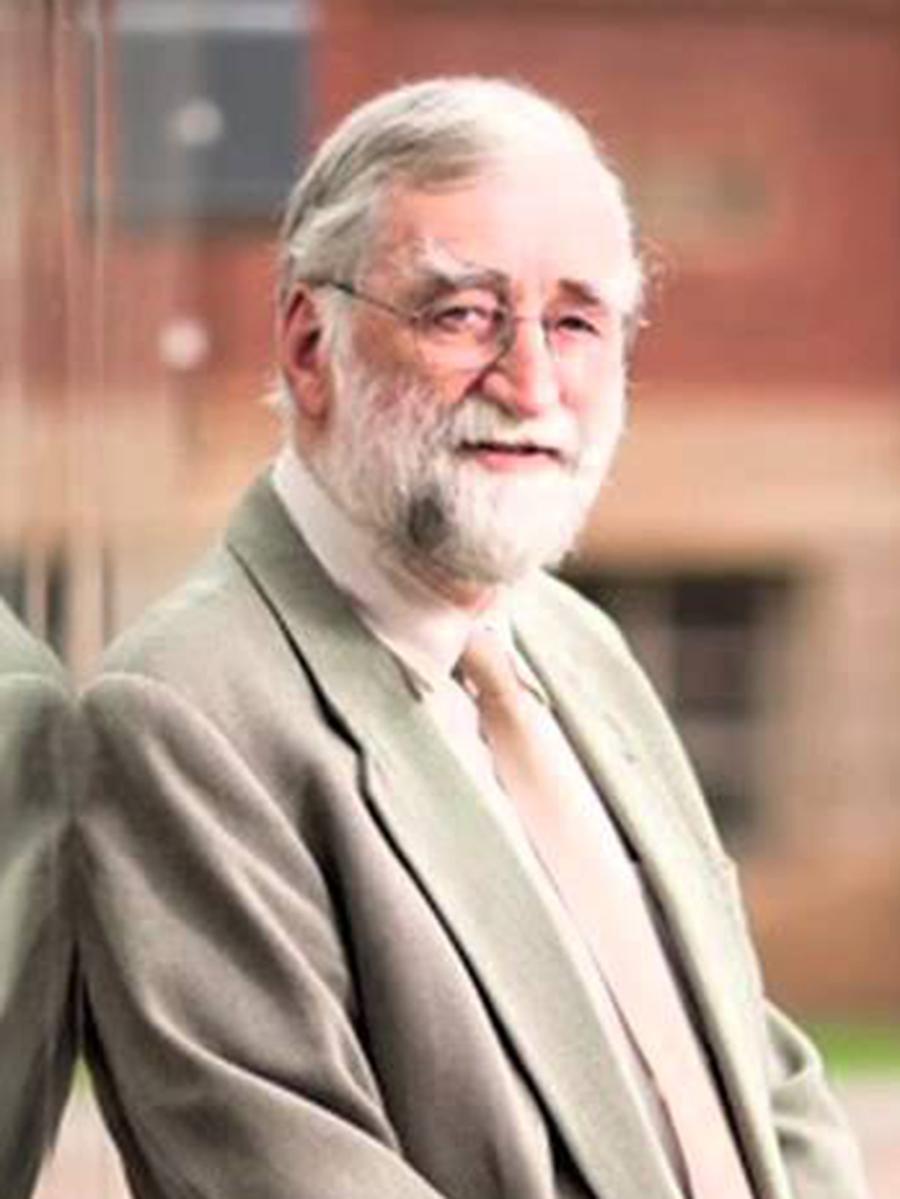
Emeritus Professor Jeffrey Robinson (14/12/1941 - 05/01/2022)
Emeritus Professor Jeffrey Robinson's research examined the control of fetal and placental growth and development, with a focus on the effects of placental restriction, insulin-like growth factors and nutrition on fetal growth.
The Robinson Institute is named after E/Prof Jeffrey Robinson CBE, BSc, MB BCh BAO, FRANZCOG, FRCOG.
Prof Robinson was born in Northern Ireland, graduated from Queen's University, Belfast in 1967 and, after establishing a research career at the University of Oxford, was appointed Professor of Reproductive Medicine at the University of Newcastle in 1980. He was then appointed Professor of Obstetrics and Gynaecology at the University of Adelaide in 1986 following the retirement of Prof Lloyd Cox and served as Head of Department of Obstetrics and Gynaecology until 2006.
During this time Prof Robinson was integral in developing and promoting the University of Adelaide's outstanding reputation for excellence in research in obstetrics, gynaecology, and reproductive medicine and biology.
Prof Robinson's research examines the control of fetal and placental growth and development, with his focus on the effects of placental restriction, insulin-like growth factors and nutrition on fetal growth. He is also interested in how events before birth may predispose the individual to common adult diseases such as high blood pressure.
In addition, he has conducted clinical studies including trials relating to mild gestational diabetes, induction of labour, and repeat dose corticosteroids before anticipated preterm. The outcomes of some of these studies have already been incorporated into national and international clinical guidelines, and have improved clinical practice and consequently health outcomes.
Even after retirement from clinical medicine, Professor Robinson continued to participate in many research activities. Prof Robinson is internationally renowned and has published extensively in the area of fetal-maternal physiology. He enjoyed a distinguished career, receiving numerous awards including a Commander of the British Empire (CBE) in 2006 and the Women's Hospitals Association Medal of Distinction.
An Honorary Life Member of the British Association of Perinatal Medicine, Prof Robinson served as the president of the Federation of Australian, Asian and Oceania Perinatal Societies. He was one of the first four to be made an honorary life member of PSANZ and is an honorary fellow of FAOPS.
-
Emeritus Professor Bill Breed
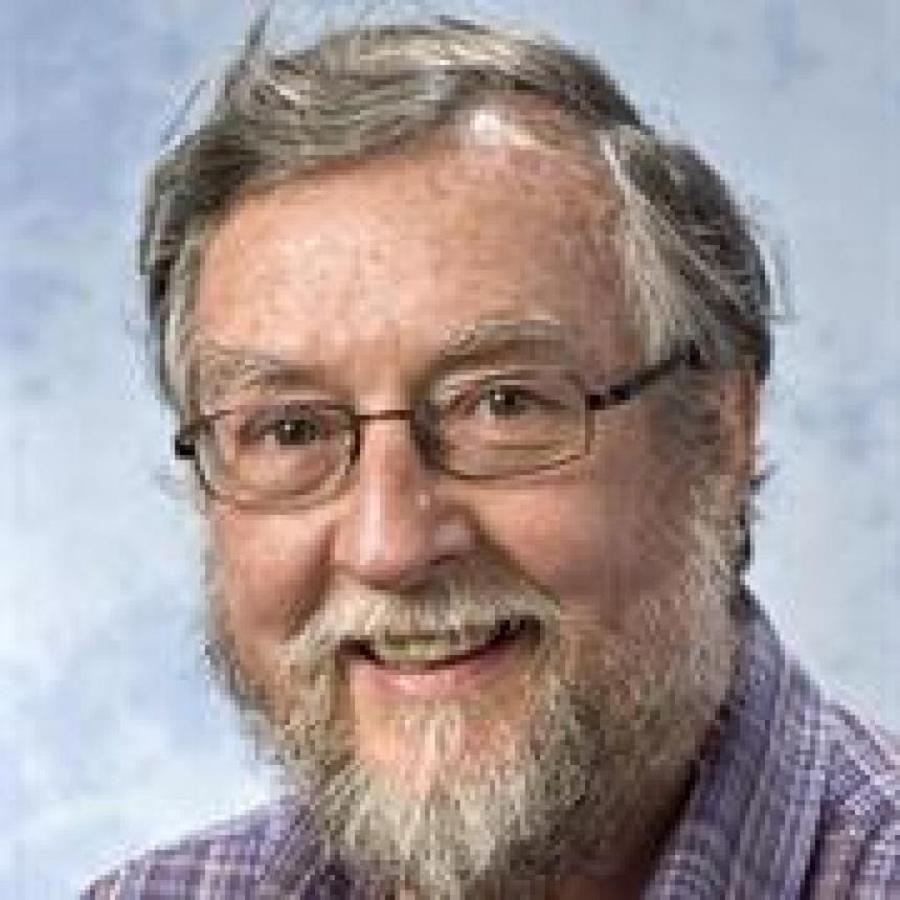
Emeritus Professor Breed's research interests have centred around the evolution of sperm and eggs and their interaction at fertilisation.
Emeritus Professor Bill Breed's main research interests have centred around the evolution of sperm and eggs and their interaction at fertilisation, utilising a variety of morphological, in particular transmission and scanning electron microscopical, techniques.
He co-authored with Emeritus Professor Brian Setchell a chapter of Knobil and Neill's 3rd edition of Physiology of Reproduction on the anatomy of the male reproductive tract and successfully supervised over 50 honours and 15 PhD students.
-
Professor David Kennaway
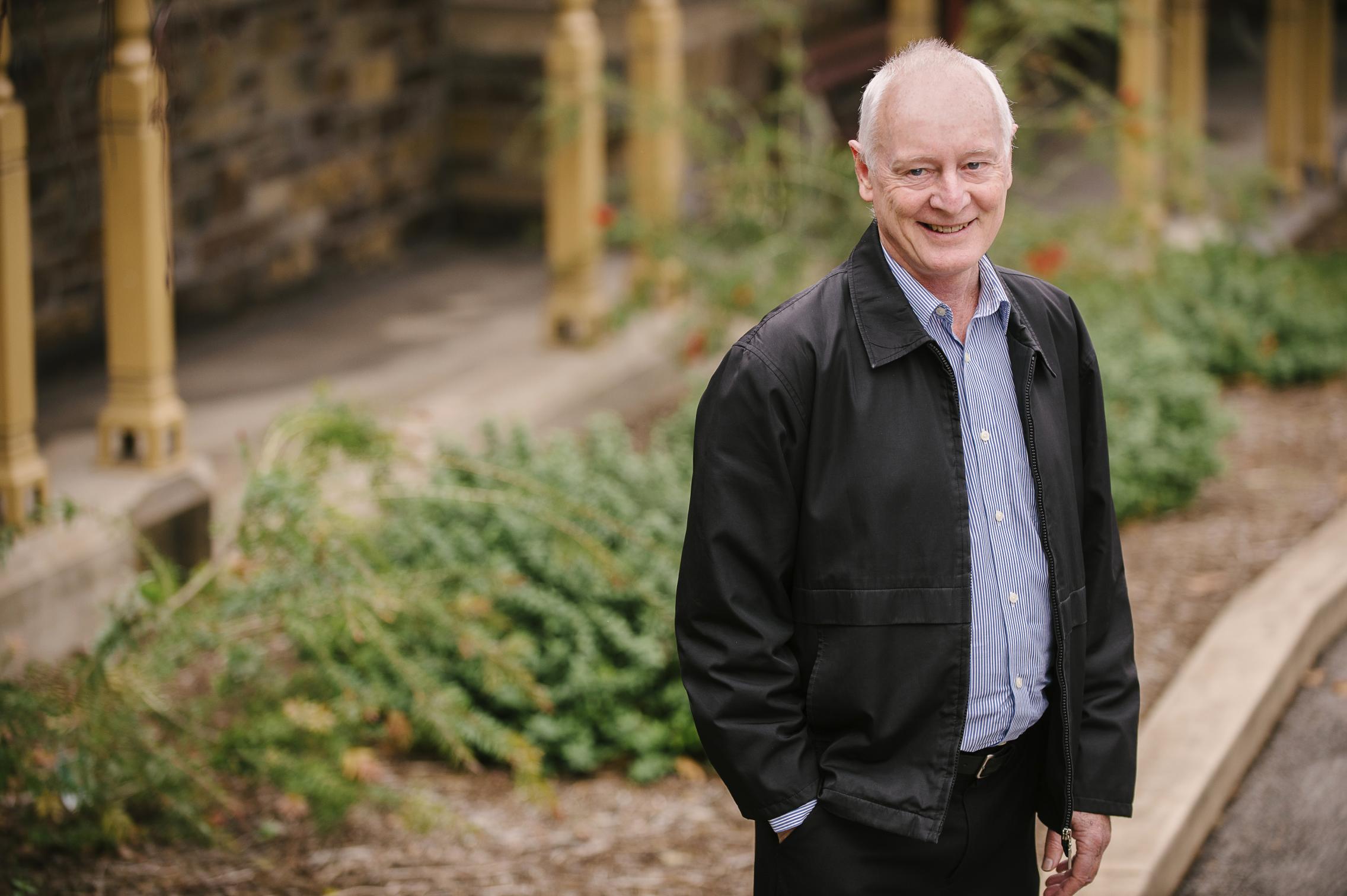
Professor Kennaway is a BSc (Hons) and PhD graduate (1978) of the University of Adelaide with a long-term interest in biological timing of physiological systems. During his PhD, supervised by Bob Seamark, he developed one of the first radioimmunoassays for the hormone melatonin and this opened up a new field of physiological research.
Reproduction Research
After returning from a 2 year post in Canada to establish his own research team at the Queen Elizabeth Hospital/University of Adelaide Department of Obstetrics and Gynaecology he commenced studies on the role of the pineal gland and its hormone, melatonin on seasonal reproduction in sheep. This research led to the filing of patents for the use of melatonin to modify the breeding season of ewes such that they could produce more lambs earlier in the season. The patents led to the development of a novel implant, marketed as “Regulin” in the 1980s. This implant is still being manufactured and used around the world on farms.Pharmacology of circadian rhythms
Melatonin is produced only at night, and it became clear that a major influence on its production was a tiny section of the brain, called the suprachiasmatic nucleus or SCN. The SCN receives input from the retina and so it was of interest to see whether drugs might be used to alter SCN function and the timing of melatonin production. For humans this would mean potentially altering the timing of sleep. Given that a large proportion of the population complain of sleep disturbances this line of research had potential clinical importance. Prof. Kennaway and his team conducted a large series of studies to identify classes of drugs that might alter rhythms and discovered that one class of drug, a serotonin receptor agonist mimicked the effects of light on behaviour and melatonin production in animals. Despite the filing and granting of world patents he could not attract commercial interest.Molecular biology of circadian rhythms
Early in 2003, genes that are responsible for cellular circadian rhythms were discovered; the so called “clock genes”. Prof Kennaway and his team realised the importance of understanding how rhythms were generated in cells and how their expression might be altered to change sleep timing for instance. His team initiated a collaboration with a US group and imported a unique mutant mouse called the CLOCK mutant and proceeded to further modify the strain so that they were capable of synthesising melatonin. A series of experiments showed that disruption of the Clock gene and another gene Bmal1 had profound effects on reproduction, melatonin secretion and glucose metabolism.Circadian rhythms and metabolism
The animal experiments suggested that altered circadian rhythms caused by either gene mutations or disordered light dark cycles and sleep like those experienced by shift workers might be detrimental to human health. With the collaboration of Prof Glenn McConnel at Victoria University, Prof Kennaway and his team embarked upon a large trial of the effects of simulated shiftwork on glucose metabolism. The study showed that just 4 nights of night work resulted in the subjects becoming insulin resistant, thus providing physiological support for the epidemiological observations of higher incidence of metabolic and other disorders in shiftworkers. Further animal studies led by Drs Tamara Varcoe and Kathy Gatford in the group showed that circadian rhythm disruption during pregnancy altered glucose metabolism in the offspring.During his career, supported by grants and fellowships, Prof Kennaway published more than 230 original research papers and reviews, with 10 being cited more than 100 times. Many of his students have gone onto establish their own scientific careers in the USA, UK, and Australia.
The G280 anti-melatonin antibody
In the early 1980s Dr Ian Blair in the Department of Obstetrics synthesised a novel melatonin antigen designed to produce melatonin antibodies. Of the 2 goats immunised, one goat (G280) produced an antibody that allowed Prof Kennaway to develop a sensitive and specific radioimmunoassay method for measuring melatonin that has become the gold standard throughout the world. Licencing of G280 has injected more than a million dollars into melatonin research in the Department and the RRI.The Adelaide Research Assay Facility
Prof Kennaway and Mr Mark Salkeld currently provide a unique assay service for RRI and University of Adelaide researchers as well as national and international researchers and companies. The Facility specialises in melatonin measurement in plasma, saliva and urine, but also cortisol, progesterone, insulin, IGF-1, BDNF and other analytes. Income from the assays fully supports the running of ARAF. -
Emeritus Professor Alastair MacLennan AO
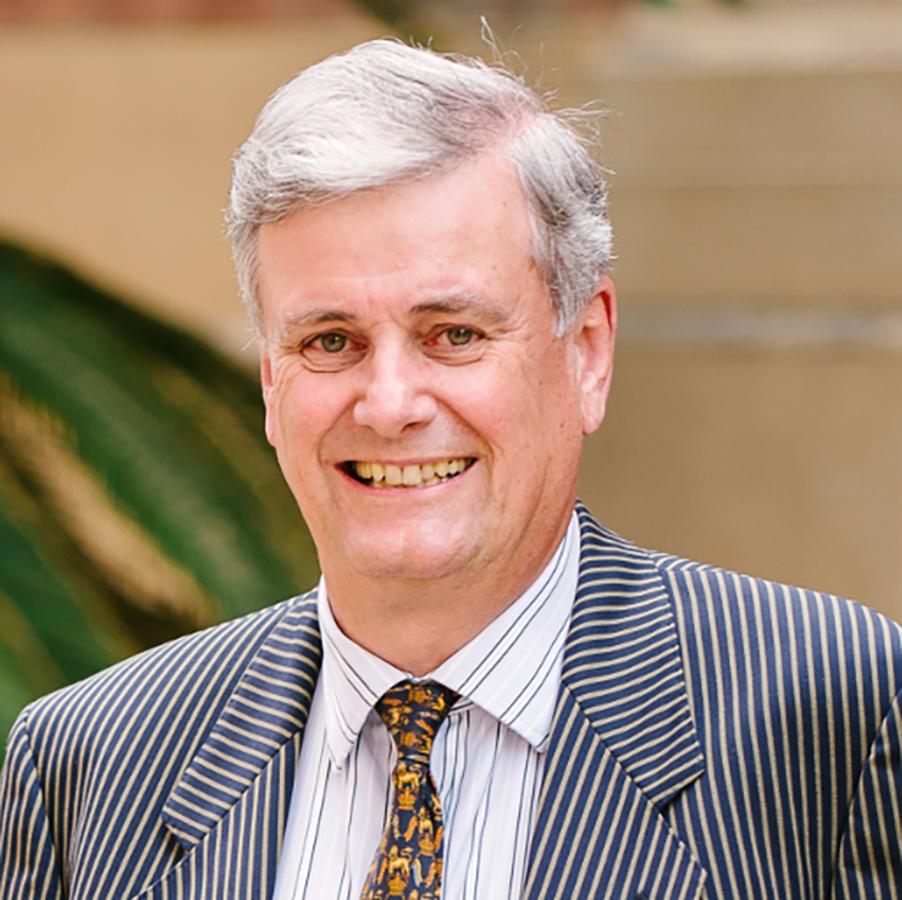
Emeritus Professor MacLennan's cerebral palsy research team has helped to reverse the myth that cerebral palsy is usually due to lack of oxygen at birth.
E/Prof Alastair MacLennan, AO, MB ChB, MD, FRCOG, FRANZCOG was Professor and the third Head of the Discipline of Obstetrics and Gynaecology, School of Paediatrics and Reproductive Health at The University of Adelaide from 2006 until 2012.
Trained in Glasgow, Chicago and Oxford, he arrived in Adelaide as a Senior Lecturer in 1977. He worked both as an obstetrician and a gynaecologist with NHMRC research projects in fetal growth restriction, prematurity, parturition and cerebral palsy. In gynaecology he specialised in menopausal medicine and ran the world's second largest randomised trial on postmenopausal hormone therapy. He has published over 350 scientific papers and made over 30 educational videos. He was editor-in-chief of both Maturitas and Climacteric and President of both the Perinatal Society of Australia and New Zealand and the Australasian Menopause Society.
In 2009 Alastair was awarded The South Australian Government's Science Excellence Award for Public Good in recognition of his work in cerebral palsy and other reproductive health research. He is currently the leader of the Australian Collaborative Cerebral Palsy Research Group, investigating the genomics of cerebral palsy and potential environmental triggers.
In 2011 Alastair was made an Officer in the Order of Australia, being cited for his contributions to Women's and Children's health and for his research into the causes of cerebral palsy.
He is an active member and current Vice-President of Friends of Science in Medicine which promotes evidence-based medicine and opposes the uncritical spread of unproven alternative therapies.
-
Emeritus Professor Colin Matthews AO
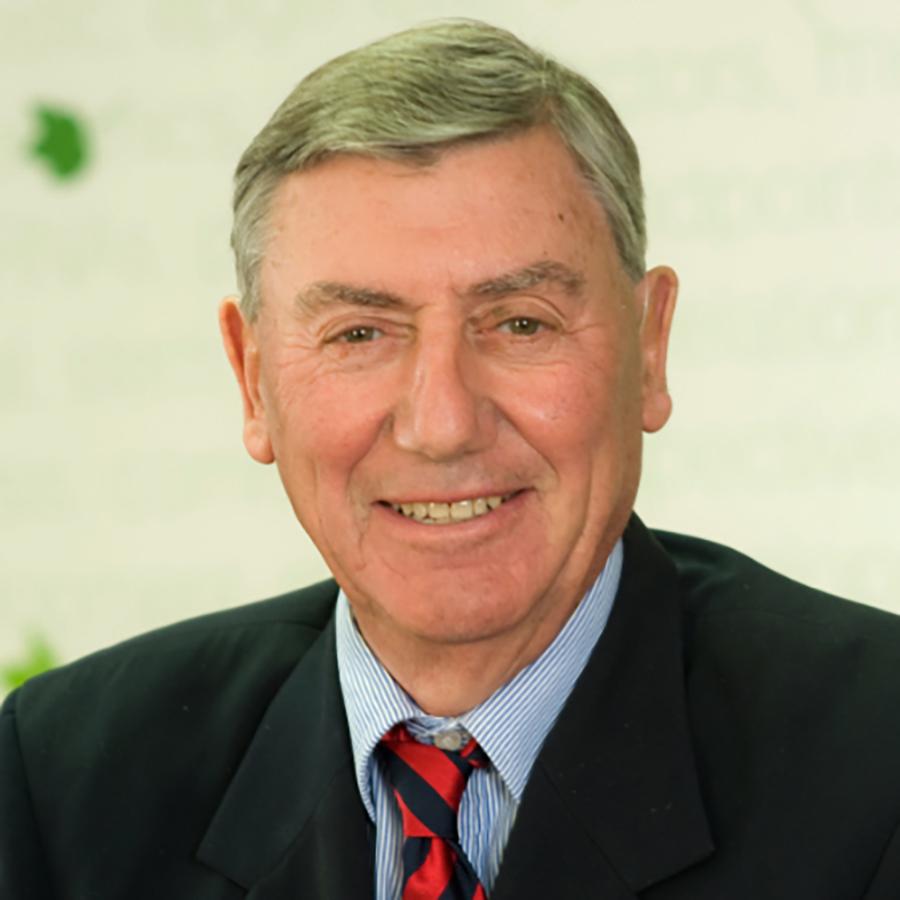
Emeritus Professor Matthew's research included, frozen sperm for donor insemination, IVF and Gnrh Agonists, and Intracytoplasmic Sperm Injection and Preimplantation Genetic Diagnosis.
E/Prof Colin Matthews AO, MB ChB, MD, FRCOG, CREI, worked for three decades in world-leading advances in the management of human infertility. His work included, frozen sperm for donor insemination in 1971, IVF and Gnrh Agonists in the 1980's, and Intracytoplasmic Sperm Injection and Preimplantation Genetic Diagnosis in the 1990's.
The establishment of Repromed in 1987 provided increased revenue which allowed the rapid expansion of research and personnel, together with the support of obstetric and other research programs within the University.
"Despite all these thriller advances, I personally gained the greatest academic satisfaction from our pioneering work with Melatonin and elucidating exactly how photoperiodic seasonal breeding animals turn on and off their reproduction annually. It was a privlege to have wonderful colleagues." Prof Colin Matthews, 2013.
-
Professor John Mulley AO

Professor Mulley established a genetic testing laboratory providing a service for a range of human genetic disorders while leading research projects in various aspects of human genetics.
Prof John Mulley AO, BSc, MSc(Agr), PhD, FHGSA, FFSc (RCPA) was employed as Chief Medical Scientist with SA Pathology at the Women's and Children's Hospital, Adelaide. He established a genetic testing laboratory providing a service for a range of human genetic disorders while leading research projects in various aspects of human genetics.
His laboratory was heavily involved in mapping genes for intellectual disability and pioneered the discovery of genes that cause epilepsy. As a large proportion of epilepsy has a genetic basis, he believed the best way to de-stigmatise the disorder was to identify the genes thereby providing a rational basis for the condition.
Prof Mulley has authored or co-authored 280 scientific papers which have been cited more than 11,000 times.
-
Professor Rob Norman AO
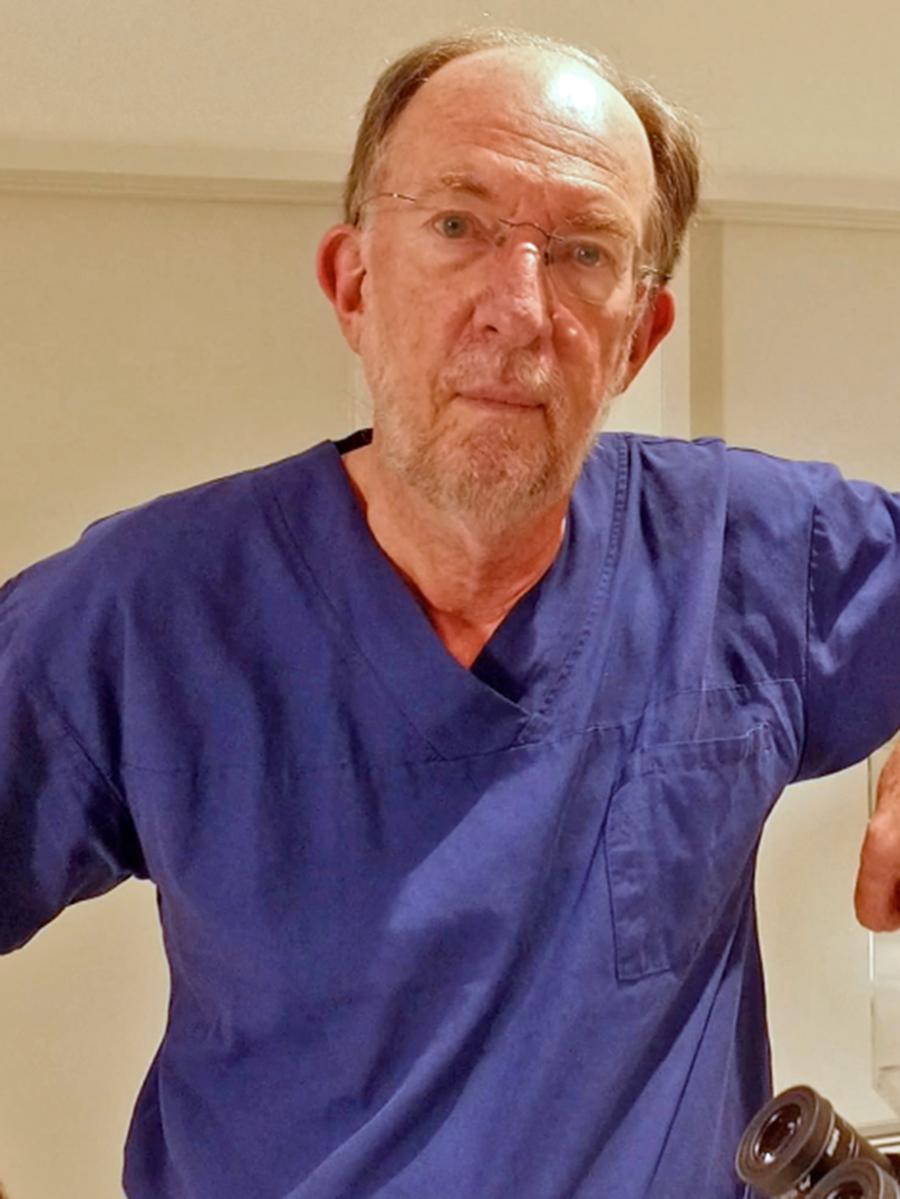
Professor Norman's major research contributions have been in IVF and reproductive endocrinology, particularly in PCOS, the effect of lifestyle on reproductive outcomes and periconception medicine.
BSc (Hons), MBChB(Hons), MD, FRANZCOG, FRCPA, FRCPath, FRCOG, CREI, FAHMS,
Professor Rob Norman was born in the United Kingdom, spent 3 preschool years in India and then moved to Rhodesia in Africa where his father was a medical practitioner. He completed his school and college education there, before going to medical school in Salisbury (now Harare), which was at that time, a College of the University of Birmingham in the United Kingdom. He was the top student the year he graduated and obtained his medical degree with honours from the University of Birmingham. He went on to complete his training in obstetrics and gynaecology in Harare Hospital maternity unit, gaining Fellowship of the UK College of Obstetrics and Gynaecology four years later. During this time, he trained with Prof Hugh Philpott who was the inventor of the partogram, now widely used across the world for monitoring labour.
He then moved to South Africa where he completed his higher doctorate and gained qualification in chemical pathology with a subspecialty in endocrine biochemistry and became a Fellow of the Royal College of Pathologists. He spent a year in the United Kingdom doing research at St Bartholomew's Hospital in London under Professors Tim Chard and Michael Besser.
In 1988 he moved to Adelaide, Australia where he became a Senior Lecturer in Obstetrics and Gynaecology and subsequently Professor of Reproductive Medicine. During these early days of in vitro fertilisation, he was involved in many of the great innovations being introduced into fertility management including ICSI, pre-implantation genetic diagnosis, lifestyle programmes and development of many drugs. During this time, he led a University reproductive medicine unit called Repromed, which became one of the leading academic groups in the world and donated close to $30 million to the University for research in reproduction.
In 2009 he founded the Robinson Research Institute, with 450 researchers encompassing research in the areas of preconception, pregnancy, neonatal life and paediatrics. During his tenure as the Inaugural Director of the Institute, the Australian Government consistently formally ranked this group number one in Australia in the area of Paediatrics and Reproductive health. In 2013 he stepped down from the position and became Medical Director of fertility clinic, Fertility SA (2013-2018), whilst remaining Professor of Reproductive and Periconceptual Medicine. He is currently (2019) Co-Director of the National Health and Medical Research Council's Centre of Research Excellence in Polycystic Ovary Syndrome together with his close friend Prof Helena Teede, and is Chief Investigator on two NHMRC project grants. In the past he was CIA on 2 NHMRC program grants for 9 years.
He has published 650 peer-reviewed papers, has an h score of 124 and has more than 74,000 citations. He is one of only three gynaecologists who are Fellows of the Australian Academy of Health and Medical Sciences in Australia. He was awarded the American Society of Reproductive Medicine's distinguished researcher award in 2013, the Australian government's Order of Australia in the same year and has been Scientist of the year in South Australia as well as receiving the award as the leading physician and scientist in South Australia in 2009. The University of Adelaide awarded him an Honorary Doctorate of Medicine in 2015. He was also awarded the inaugural Ricardo Azziz distinguished researcher award in 2015, by the international Androgen Excess-PCOS society for which he was President in 2006. In 2017 he was made a life member of ESHRE and in 2018, received the lifetime achievement award from ASPIRE.
He served on the NHMRC’s research committee for 6 years (2009-2014), during which time his committee dispersed more than $4 billion of federal research funds across all disciplines of medical research. He was president of the Asian equivalent of ASRM and ESHRE, Aspire between 2012 and 2014. He is a mentor and trainer of many medical and scientific trainees and fellows.
-
Dr John O'Loughlin AO
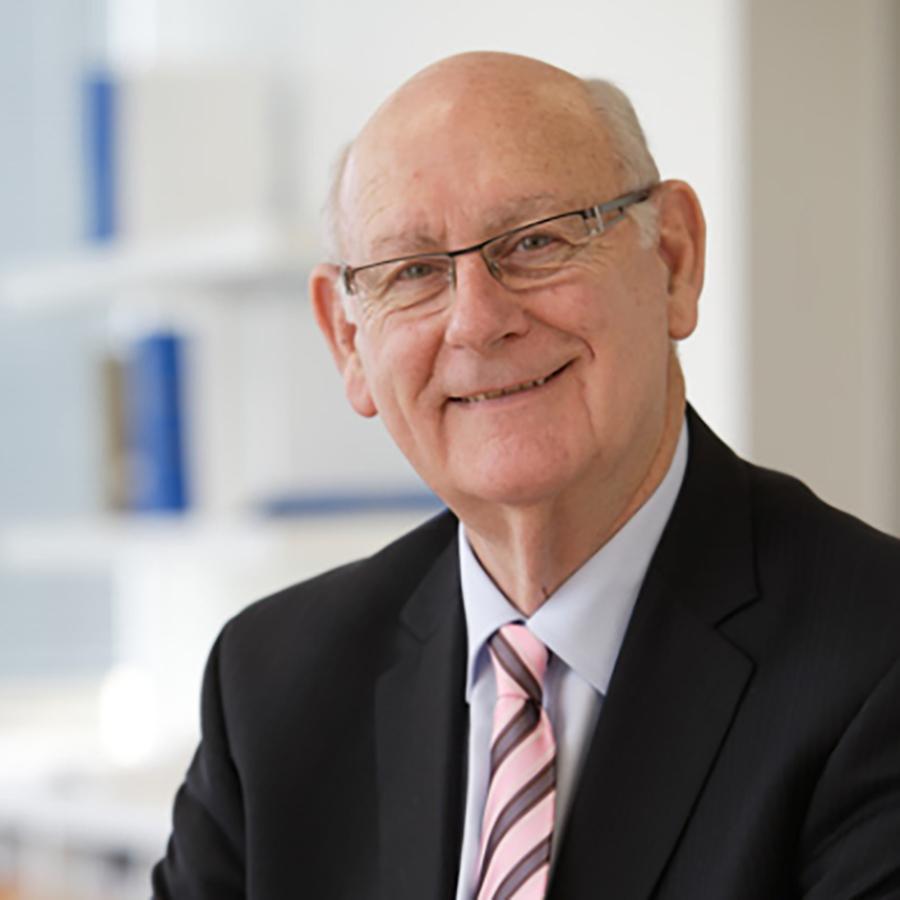
Dr O'Loughlin's main clinical research interest at the Women's and Children's Hospital was the role of ascending genital tract infection in the initiation of preterm labour.
Dr John O'Loughlin AO MBBS, FRCOG, MS, FRACOG, FRNZCOG (Hon), FACOG (Hon), FAICD, began his association with the University of Adelaide in 1961 when he commenced his post graduate training. As a clinical and research registrar working under Professor Lloyd Cox he was involved in the early days of the Ovulation Induction Program using human pituitary gonadotrophin.
He became a full time research fellow at the Queen Elizabeth Hospital, investigating the stimulatory effect of low dose equine oestrogen on pituitary function in amenorrhoeic women. This formed the basis of his thesis for which he was awarded a Master of Surgery in 1969.
In 1966 he obtained his first specialist qualification (MRCOG) in London.
Following this he worked at the Western General Hospital in Edinburgh and was responsible for setting up the first Ovulation Induction Program in Scotland.After returning to Adelaide he worked at the Queen Victoria Hospital and later the Women's and Children's Hospital as a Senior Consultant in Obstetrics from 1969 to 2000, and at the Royal Adelaide Hospital as a Senior Consultant in Gynaecology until 2008. He remains an Emeritus Consultant at both Hospitals.
In addition, Dr O'Loughlin was a Clinical Lecturer and Examiner for the department of Obstetrics and Gynaecology, and actively engaged in clinical research. He was Chairman of the Board of Examiners of the Royal Australian College of Obstetricians and Gynaecologists and served as President of the College. Later, he was a member of the Executive Board and Treasurer of FIGO (Geneva).
Currently, Dr O'Loughlin serves as Chairman of the Board of MIGA (Medical Insurance Group Australia).
-
Associate Professor Ossie Petrucco AM
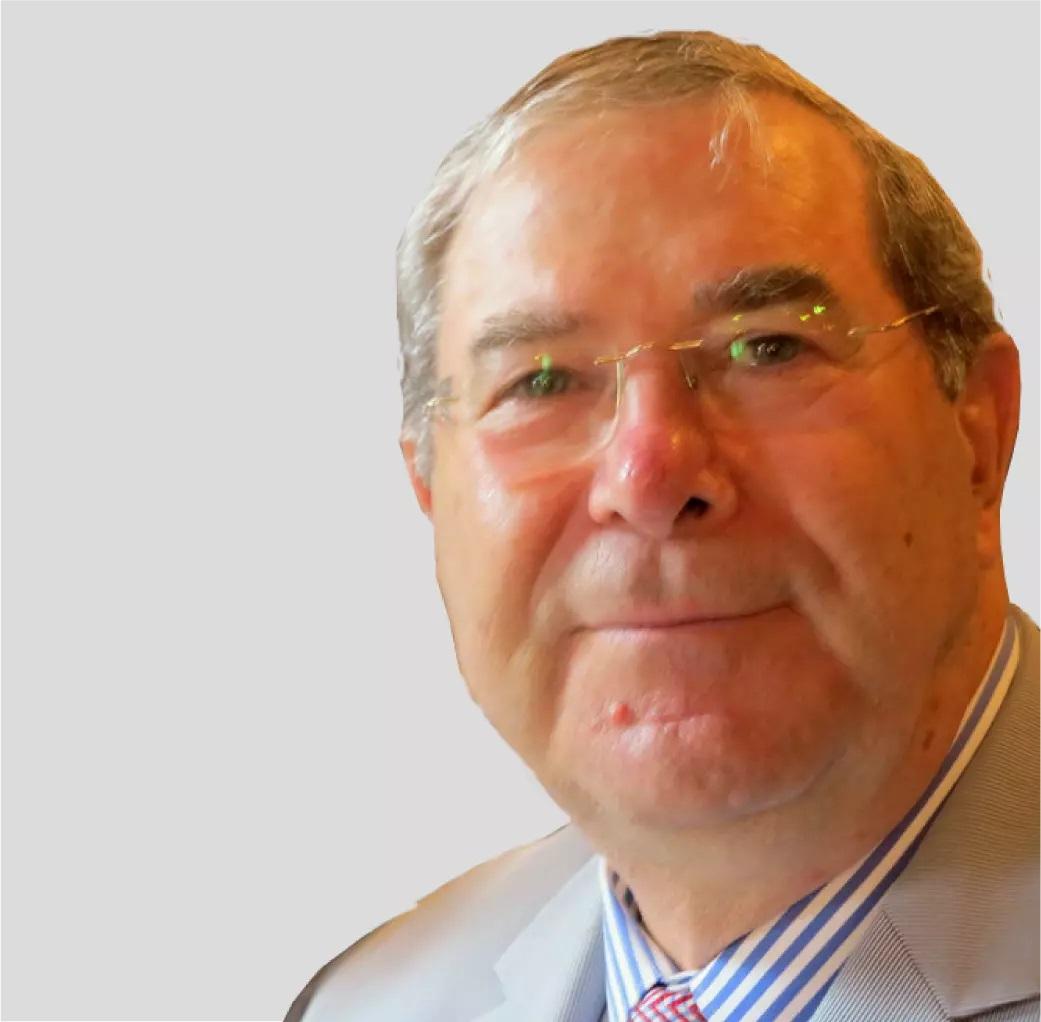
Associate Professor Petrucco spent 37 years investigating the disease processes which prevent natural conception.
A/Prof Ossie Petrucco AM MBBS, MRCOG, FAGO, FRCOG, RACOG, CREI, completed postgraduate specialist studies in Adelaide and the USA (St Louis University), the UK (Bristol and London) and Sweden (Gothenburg). He pioneered new surgical techniques in South Australia including male and female microsurgery, laparoscopic laser, hysteroscopic surgery performing the first female reversal of sterilisation, laparoscopic excision ectopic pregnancy, endometrial ablation Filshie Clips sterilisation and radiological fibroid embolisation, and transvaginal hydro laparoscopy.
He conducted master classes with Lord Robert Winston, Sherman Silber and Bruno Van Harendael to teach microsurgery, laparoscopic and hysteroscopic surgery in Australia.
He was elected inaugural President of the Australian Gynaecological Endoscopy and Surgery Society (AGES) and was also President of the Australian Society for Psychosomatic Obstetrics and Gynaecology.
He is a subspecialist in Reproductive Endocrinology and Infertility (REI) and is past Chairman of the RANZCOG REI subcommittee responsible for training and examination of REI subspecialists.
He joined the O&G Department's Reproductive Medicine Unit in 1972 becoming a Foundation Member and Medical Director of Repromed until the formation of Fertility SA in 2009 with recent appointment to its Management Board. He was Foundation Secretary of the Australian Obstetrics and Gynaecology Research Society, a precursor of Fertility Society of Australia (FSA). Following appointment to FSA Council, he Chaired the FSA Reproductive Technology Accreditation Committee (RTAC), instituting major changes to Guidelines for the accreditation process of REI Units in Australia and New Zealand. These guidelines are now prerequisites for establishment of REI Units. He represented FSA on the Board of International Federation of Fertility Societies (IFFS).
A publication on female reversal of sterilisation in 2007 has influenced the re-introduction of Medicare payments for male and female reversal surgery, and he conducted the only randomised study of abdominal, vaginal and laparoscopic assisted vaginal hysterectomy in Australia.
Other research interests have included the use of pelvic venography to study chronic pelvic pain, hormone receptor, surface and transmission electron microscopy of fallopian tube and the use haemodynamic surgery in gynaecology.
He was awarded Honorary Life Membership of Fertility Society of Australia and Life Membership of AGES.
During his 23 year career in the Citizens Air Force (24 Squadron CAF) he was Principal Medical Officer (South Australia) achieving the rank of Group Captain and Reserve Force Decoration (RFD).
He continues to provide counselling for male and female reversal of sterilisation patients across Australia through the Sterilisation Reversal Australia.
-
Emeritus Professor Don Roberton
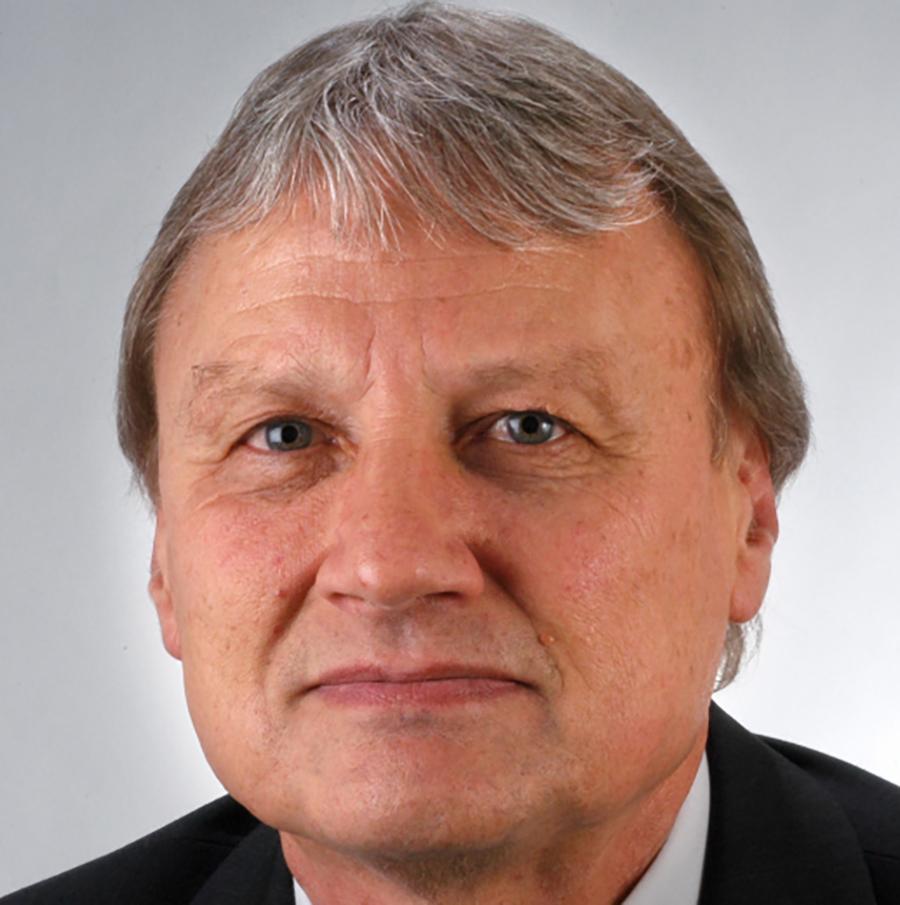
Emeritus Professor Roberton lead the establishment of the internationally recognised Vaccinology and Immunology Research Trials Unit (VIRTU).
E/Prof Don Roberton MD (Otago), FRACP, FRCPA, FRCPCH (Hon), was McGregor Reid Professor of Paediatrics at the University of Adelaide 1989 - 2006. He was Head of the Department from 1989 - 2004.
He trained as a paediatrician and an immunologist. His clinical practice was in general paediatrics, paediatric clinical immunology, and paediatric rheumatology. In addition, he was head of unit in each of these disciplines at the Womens and Childrens Hospital, Adelaide. He was Chief of Medicine at the Womens and Childrens Hospital in 1990 - 1995.
His most recent appointments were to Pro Vice Chancellor, Division of Health Sciences, and Dean, Faculty of Medicine at the University of Otago, New Zealand in 2006 - 2011, and Director of the Medical Schools Outcomes Project of Medical Deans of Australia and New Zealand.
He was Chair of the Council of the Child Health Research Institute, South Australia, Chair of the Health and Medical Research Advisory Committee of South Australia, and a Member of the Premier's Science and Research Council of South Australia.
His research interests are in paediatrics, basic immunology, paediatric rheumatology, childhood vaccines, medical education and medical workforce.
-
Professor Bob Seamark
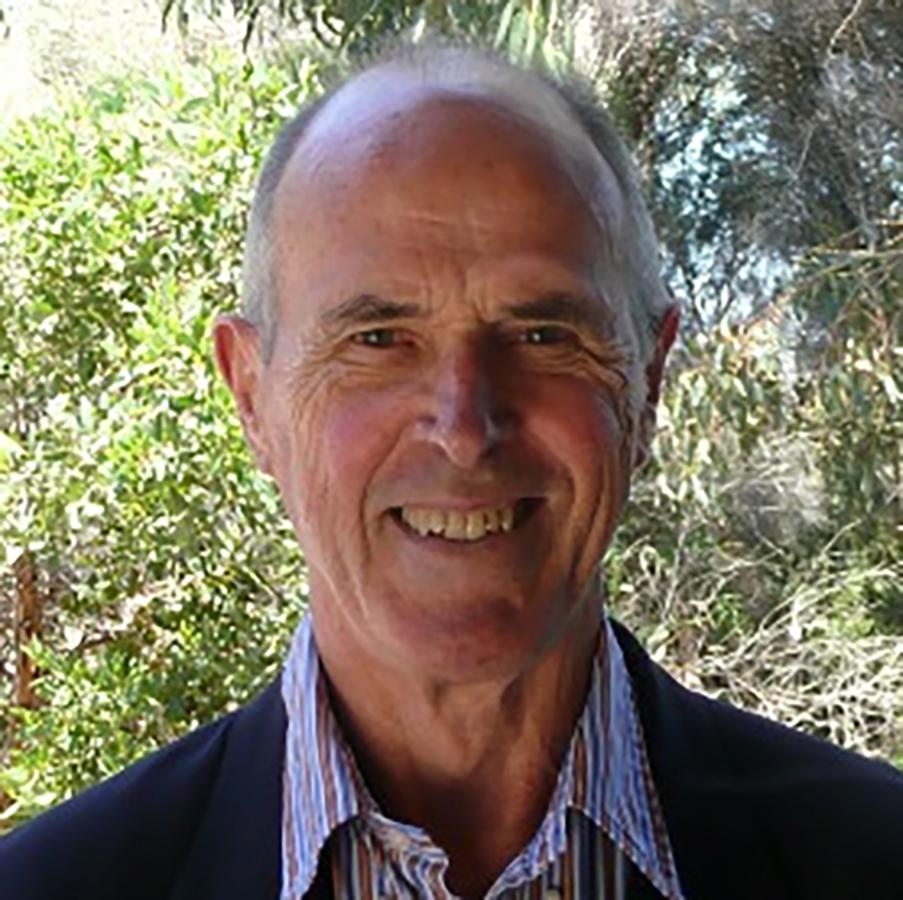
Professor Robert Seamark - (23/3/1937 - 31/5/2023)
Professor Seamark attracted and successfully mentored 35 PhD students during his time at Adelaide.
Prof Bob Seamark BAgSc, PhD, joined the Department of Obstetrics and Gynaecology in 1969 as Senior Lecturer in Endocrinology and Director of the Endocrinology Laboratories at The Queen Elizabeth Hospital. He left in 1995 to direct the Pest Animal Cooperative Research Center, based at the CSIRO Division of Wildlife and Ecology in Canberra (1995-2002), and subsequently, Flinders Medical Research Institute (2002-2006). He is currently a Professor in the Department of Medical Biochemistry at Flinders and plays an active teaching role in the Flinders Medical School Graduate Entry Program.
His background in Agricultural Science and his active research links with the livestock industry, played a key role in providing the human and animal resources necessary for the establishment of the scientific framework and skill base in Reproductive Biology and Advanced Reproductive Technologies. This was paramount in positioning the Department as a leading research center in Human Reproductive Medicine.
His eclectic range of interests are reflected in the broad folio of research activities documented in the 200 plus papers he published in active collaboration with his clinical colleagues, 35 PhD students, whose training he supervised, and the steady stream of leading Visiting Research Fellows the Department attracted from around the world.
-
Professor Grant Sutherland AC
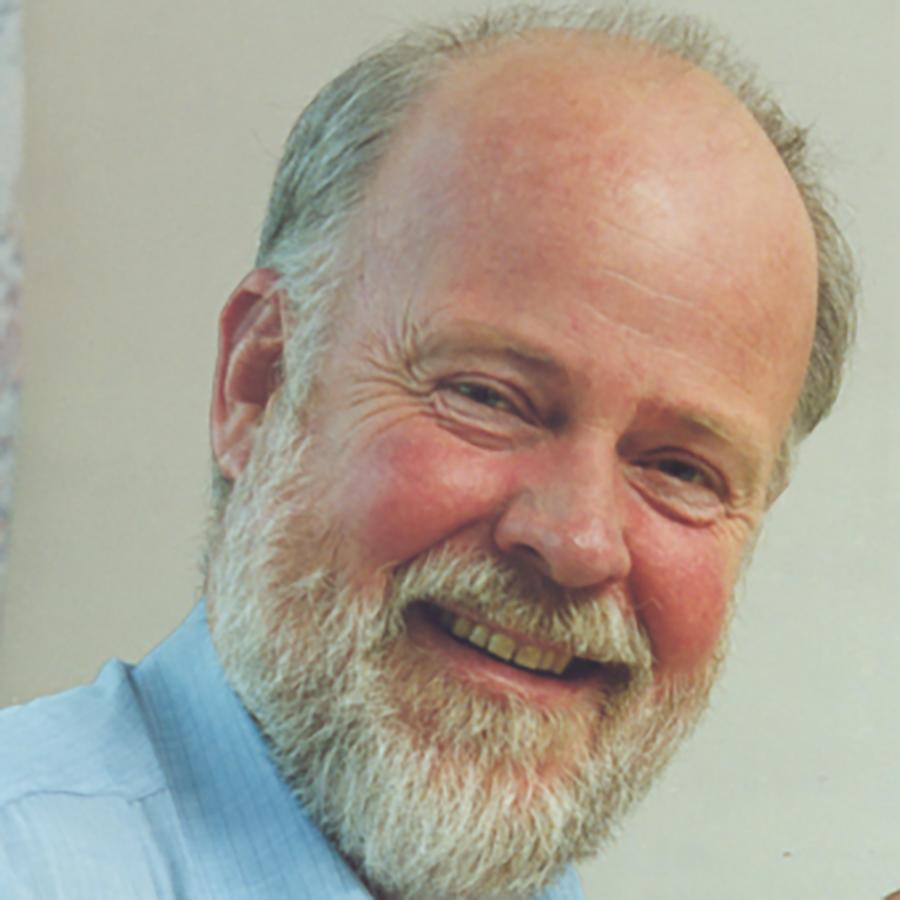
Professor Sutherland led the main Australian group involved in the Human Genome Project gene mapping and sequencing phase, with particular emphasis on chromosome 16.
Prof Grant R Sutherland AC, DSc, HonMD, HonFRCPA, FAA, FRS was Head of the Department of Cytogenetics and Molecular Genetics at the Women's and Children's Hospital (WCH) from 1975 until 2002 and WCH Foundation Research Fellow from 2002 until 2007. He has been an Affiliate Professor in the Department of Paediatrics, and School of Molecular and Biomedical Science of the University of Adelaide since 1991.
His research interests included fragile sites on chromosomes including the fragile X, and the human genome project. He published some 500 papers and co-authored two books, one of which is now in its fourth edition. He served on the Editorial Boards of more than 20 scientific/medical journals. He is a past President of the Human Genome Organisation (HUGO) and the Human Genetics Society of Australasia (HGSA).
His work and that of his group attracted funding from the US Department of Energy, the Howard Hughes Medical Institute and NHMRC program grants from 1987 to 2006. Awards included being a Fulbright Senior Scholar (1983), a co-recipient of the Australia Prize, 1998 (subsequently renamed the Prime Minister's Prize), the Ramaciotti Medal for excellence in biomedical research (2001) and being named an ISI Thomson Australian Citation Laureate (2004). The HGSA instituted an annual Sutherland lecture in 2005. He was the South Australian nominee for Australian of the year in 2001. Sutherland became a Companion of the Order of Australia in 1998, was elected a Fellow of the Royal Society of London in 1996 and a Fellow of the Australian Academy of Science in the following year.
-
Professor Jeremy Thompson
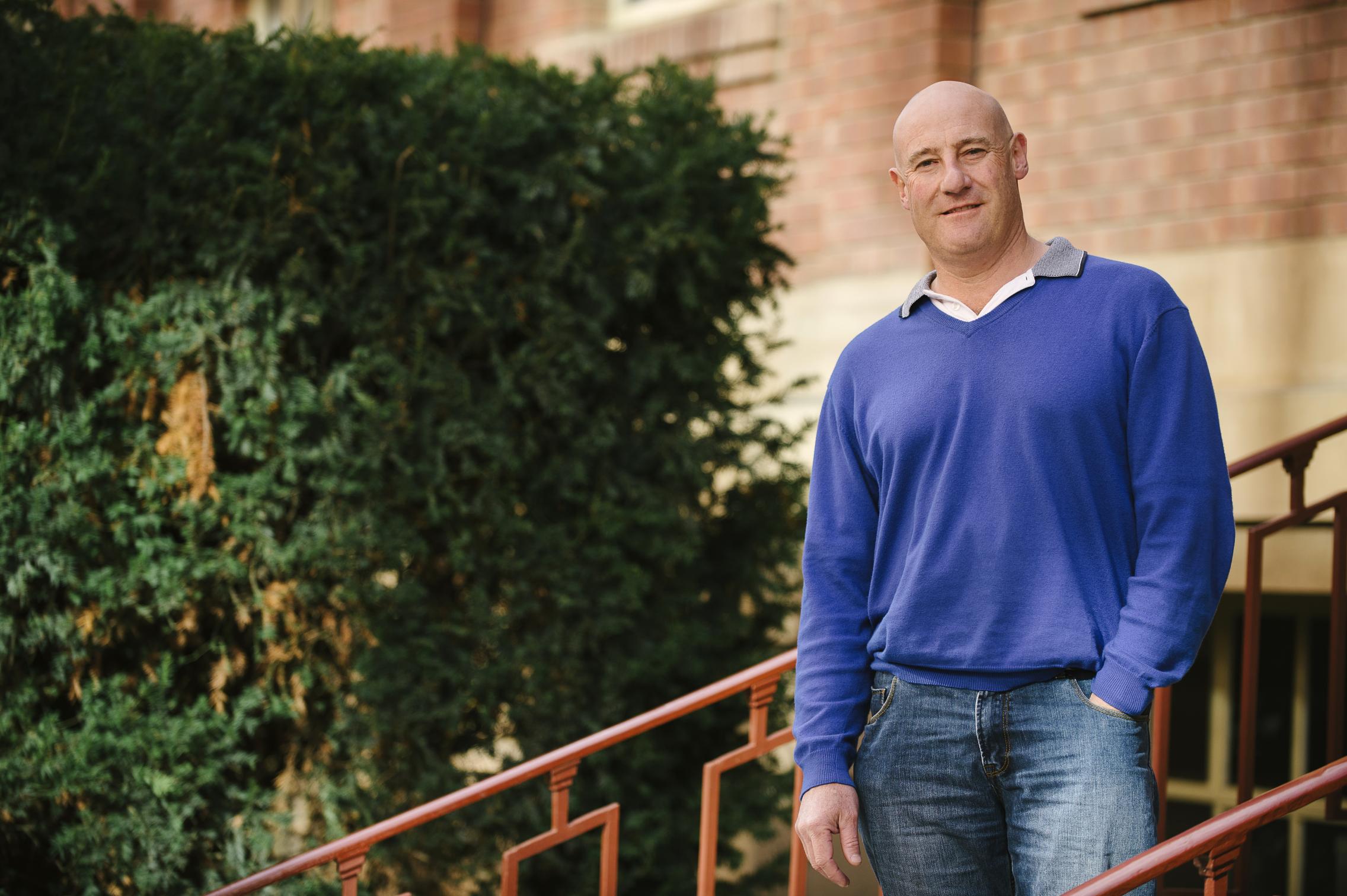
Prof Jeremy Thompson's research interest is the impact of the micro-environment surrounding oocytes and embryos, especially nutritional factors, within both the in vivo (follicular/oviduct/uterine) and in vitro environment. This encompasses the following research:
Hypoxia, Hypoxia inducible factors and their role in reproduction
His laboratory has had a long standing interest in the role of oxygen concentration in regulating events within the female reproductive tract. This is primarily because both oocytes (within follicles) and pre-implantation stage embryos (especially within the uterus) develop in what is normally considered low oxygen concentration environments. They have focused on the role of the transcription factor, Hypoxia Inducible Factor, in regulating a number of transitional events, such as follicle antrum formation, corpus luteum formation, early embryo development and implantation.
Glucose concentration, the hexosamine biosynthesis pathway and oocyte competence
His laboratory has been investigating the less well-recognized pathway of glucose metabolism, the hexosamine biosynthesis pathway and its relationship between oocyte and early embryo competence. The laboratory has found that in both oocytes and embryos are sensitive to increased hyperglycemia through the O-linked-β-glycosylation of intracellular proteins. This has relevance to the negative impact that diabetes is known to have on reproductive health.
Oocyte secreted factors and oocyte competence
With his collaborators, Prof Thompson's laboratory has been studying cumulus cell – oocyte interactions and the role of oocyte secreted factors (OSFs). This has led to the discovery that the addition of native OSFs or the addition of recombinant specific factors, growth differentiation factor-9 (GDF-9) or bone morphogenetic protein-15 (BMP-15) to in vitro maturation of cattle or mouse oocytes significantly increases subsequent embryo yield by 50% and improves quality of resultant embryos and increases implantation rates post-transfer. This discovery is now patented and licensed to Cook Medical. They are pursuing this research area further and their aim is to apply this discovery to clinical IVM.
“The Spark of Life”
Within the ARC Centre for Nanoscale BioPhotonics, Prof Thompson led a theme that examined the application of photonics and fluorescence sensing technologies to early developmental events, in particular oocyte maturation and fertilization. The aim here was to measure critical events in early development in real-time and in situ, and to develop new devices that can be used to measure reproductive health within one's own home.
Biographical Memoirs
-
Professor David Armstrong
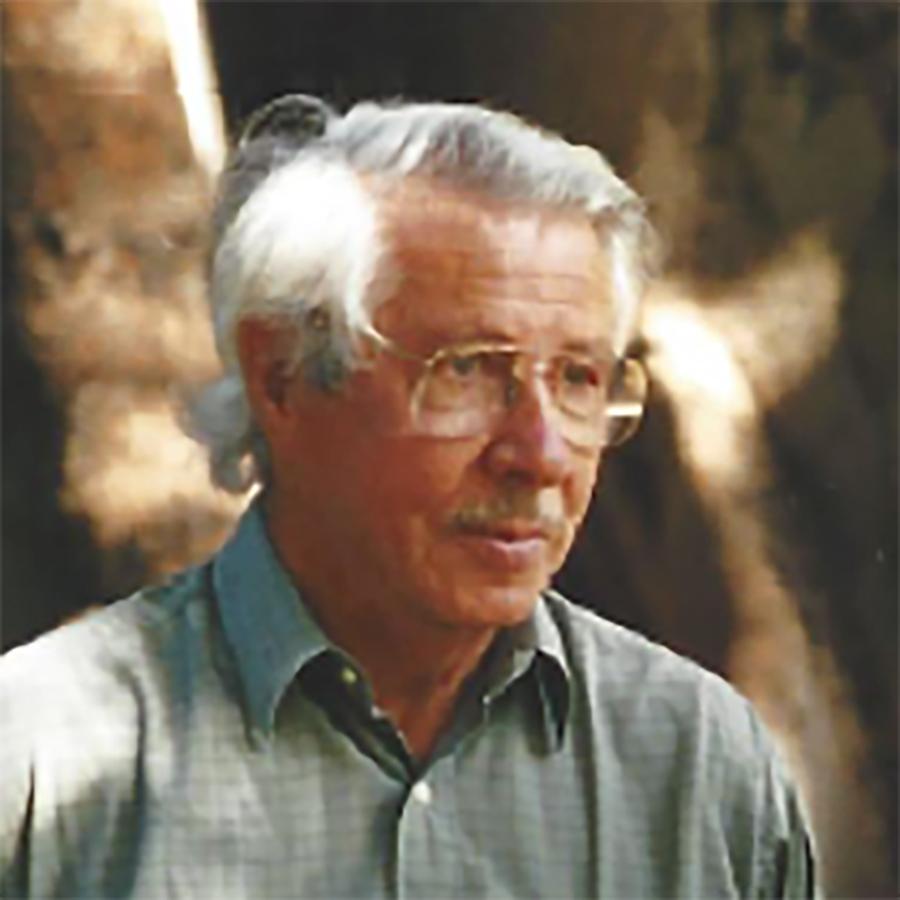
Professor Armstrong had a long and distinguished career in reproductive biology. His early work identified oxytocin as a luteolytic factor in cattle and showed that it could be used to control oestrus. He was the first to demonstrate the role of LH in luteal progesterone production.
Professor Armstrong passed away on August 1st 2016. He had been suffering from Myelodysplastic Syndrome (MDS) and passed away peacefully in London, Ontario among family members.
David had a long and distinguished career in reproductive biology. He took a Bachelor degree in Animal Science at the Ontario Agricultural College, Guelph (then part of the University of Toronto) and had a `classical’ postgraduate research training with Bill Hansel at Cornell and with Roy Greep at Harvard. His first post was as Assistant Professor in Anatomy at Harvard. He returned to Canada in 1968 when he took a cross-appointment as Professor of Physiology and of Obstetrics & Gynaecology at the University of Western Ontario in London. There he set up an Ovarian Physiology group which was to develop into Canada’s, and arguably North America’s, finest. There he also established and headed a MRC Group in Reproductive Biology, encompassing also implantation, parturition and testicular physiology groups. This long-term block grant-funded group became Canada’s flagship research and training organisation in the area over many years.
David’s early work had identified oxytocin as a luteolytic factor in cattle and showed that it could be used to control oestrus. He was the first to demonstrate the role of LH in luteal progesterone production. Perhaps the most significant and definitive of David’s achievements was the proof of the 2-cell hypothesis of oestrogen production in ovarian follicles, in which theca and granulosa cells respond separately and in combination to LH and FSH, using initially rats and rabbits and, later, extending this to porcine follicles. With Jennifer Dorrington, he demonstrated a similar interaction between testicular Leydig and Sertoli cells in males. Despite laboratory animal physiology continuing to be his `bread and butter’ he maintained, and increasingly developed, an interest in applied aspects of reproduction. To this end he began work on superovulation and embryo transfer in sheep and goats. Realising the limitations of PMSG and the dearth, cost and reliability of commercial FSH preparations, David set about producing and purifying his own supply of porcine FSH from pituitaries collected at the nearby Guelph abattoir. David’s extraction, purification and standardisation technology was adopted by the fledgling biotech company Vetrepharm (later Bioniche) and Folltropin® was thereafter commercially produced and marketed world-wide, and is still the most commonly-used superovulatory agent in animals.
David’s laboratory attracted a variety of Australian scientists on sabbatical or for postdoctoral training including Tom Kennedy (who stayed!), Bevan Miller, Tim Weiss and Gareth Evans. It was a brief sabbatical visit to Bob Seamark’s laboratory at the University of Adelaide in 1976 that transformed David’s life. He fell in love with Australia, its science and, as a regular sailor on Lake Huron, with its sailing. Here he also met his second wife Catherine. He returned the following year for a full year and thereafter he would spend several months each year working in Adelaide. He had a Honorary appointment at the University, and took on supervision and mentoring roles in the Department of Obstetrics & Gynaecology and later at the Robinson Research Institute. In the early 1980’s his work on embryo transfer in sheep and goats simultaneously with Lou Warnes in Adelaide and Evans in London, hence utilising two breeding seasons per year, provided experience that led directly to the establishment of human IVF programs in both locations; this was Canada’s first and most successful IVF program and Australia’s second. On retiring from the University of Western Ontario, David moved permanently to Adelaide and continued his involvement with the University and its staff and students for many years thereafter. After the death of Catherine in 2012 David remained in Australia but, due to declining health, he moved back to London in 2015 to be close to his daughters and their families. He re-established contact with former colleagues at UWO and never lost his interest in science.
David was a workaholic, invariably at the laboratory before and after everyone else, and often at weekends. He published over 400 papers and trained innumerable Masters, PhD’s and postdoctoral fellows, many of whom have become distinguished scientists in their own right. He received many honours including Fellow of the Royal Society of Canada, an Honorary DSc from the University of Guelph, SSR’s prestigious Hartman Award in 2001, and Life Membership of SRB in 2005. David is survived by daughters Susan and Meredith and son David and their families, and by many, many students and colleagues throughout the world who have been influenced by David’s outstanding intellect, considered advice and good humour.
Professor Armstrong passed away on August 1st 2016. He had been suffering from Myelodysplastic Syndrome (MDS) and passed away peacefully in London, Ontario among family members.
David had a long and distinguished career in reproductive biology. He took a Bachelor degree in Animal Science at the Ontario Agricultural College, Guelph (then part of the University of Toronto) and had a `classical’ postgraduate research training with Bill Hansel at Cornell and with Roy Greep at Harvard. His first post was as Assistant Professor in Anatomy at Harvard. He returned to Canada in 1968 when he took a cross-appointment as Professor of Physiology and of Obstetrics & Gynaecology at the University of Western Ontario in London. There he set up an Ovarian Physiology group which was to develop into Canada’s, and arguably North America’s, finest. There he also established and headed a MRC Group in Reproductive Biology, encompassing also implantation, parturition and testicular physiology groups. This long-term block grant-funded group became Canada’s flagship research and training organisation in the area over many years.
David’s early work had identified oxytocin as a luteolytic factor in cattle and showed that it could be used to control oestrus. He was the first to demonstrate the role of LH in luteal progesterone production. Perhaps the most significant and definitive of David’s achievements was the proof of the 2-cell hypothesis of oestrogen production in ovarian follicles, in which theca and granulosa cells respond separately and in combination to LH and FSH, using initially rats and rabbits and, later, extending this to porcine follicles. With Jennifer Dorrington, he demonstrated a similar interaction between testicular Leydig and Sertoli cells in males. Despite laboratory animal physiology continuing to be his `bread and butter’ he maintained, and increasingly developed, an interest in applied aspects of reproduction. To this end he began work on superovulation and embryo transfer in sheep and goats. Realising the limitations of PMSG and the dearth, cost and reliability of commercial FSH preparations, David set about producing and purifying his own supply of porcine FSH from pituitaries collected at the nearby Guelph abattoir. David’s extraction, purification and standardisation technology was adopted by the fledgling biotech company Vetrepharm (later Bioniche) and Folltropin® was thereafter commercially produced and marketed world-wide, and is still the most commonly-used superovulatory agent in animals.
David’s laboratory attracted a variety of Australian scientists on sabbatical or for postdoctoral training including Tom Kennedy (who stayed!), Bevan Miller, Tim Weiss and Gareth Evans. It was a brief sabbatical visit to Bob Seamark’s laboratory at the University of Adelaide in 1976 that transformed David’s life. He fell in love with Australia, its science and, as a regular sailor on Lake Huron, with its sailing. Here he also met his second wife Catherine. He returned the following year for a full year and thereafter he would spend several months each year working in Adelaide. He had a Honorary appointment at the University, and took on supervision and mentoring roles in the Department of Obstetrics & Gynaecology and later at the Robinson Research Institute. In the early 1980’s his work on embryo transfer in sheep and goats simultaneously with Lou Warnes in Adelaide and Evans in London, hence utilising two breeding seasons per year, provided experience that led directly to the establishment of human IVF programs in both locations; this was Canada’s first and most successful IVF program and Australia’s second. On retiring from the University of Western Ontario, David moved permanently to Adelaide and continued his involvement with the University and its staff and students for many years thereafter. After the death of Catherine in 2012 David remained in Australia but, due to declining health, he moved back to London in 2015 to be close to his daughters and their families. He re-established contact with former colleagues at UWO and never lost his interest in science.
David was a workaholic, invariably at the laboratory before and after everyone else, and often at weekends. He published over 400 papers and trained innumerable Masters, PhD’s and postdoctoral fellows, many of whom have become distinguished scientists in their own right. He received many honours including Fellow of the Royal Society of Canada, an Honorary DSc from the University of Guelph, SSR’s prestigious Hartman Award in 2001, and Life Membership of SRB in 2005. David is survived by daughters Susan and Meredith and son David and their families, and by many, many students and colleagues throughout the world who have been influenced by David’s outstanding intellect, considered advice and good humour.
Gareth Evans
-
Emeritus Professor Brian Setchell
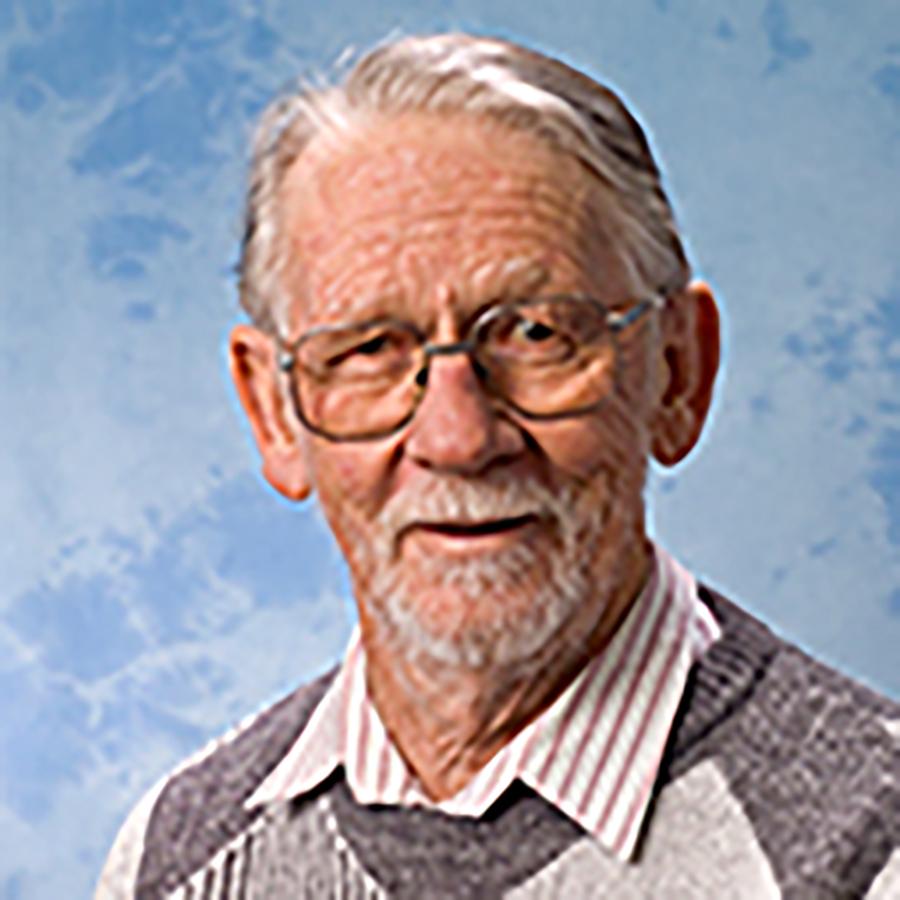
Emeritus Professor Setchell published "The Mammalian Testis", a translation of the original text in Italian by Enrico Sertoli which discusses the cells in the testis now bearing his name.
Emeritus Professor Brian Setchell (BVSc, PhD, ScD) passed away on the 11th July, 2018.
He graduated BVSc from University of Sydney in 1953, and had a PhD and ScD from the University of Cambridge. He worked at the NSW Department of Agriculture, CSIRO Division of Animal Physiology, Prospect NSW, and the Babraham Institute, Agricultural Council, Cambridge, UK before arriving in Adelaide.
Brian was Professor of Animal Sciences at the Waite Agricultural Research Institute, University of Adelaide, from 1982 until his retirement in 1996. He was then a Visiting Research Fellow in the Discipline of Anatomy and Pathology in the School of Medical Sciences, University of Adelaide and in 1997 and 2000 a Fellow at the Pediatric Endocrinology Unit at the Karolinska Hospital, Stockholm.
He published "The Mammalian Testis", a translation of the original text in Italian by Enrico Sertoli which discusses the cells in the testis now bearing his name. He was involved in translations with H.D. Jocelyn from Latin of Regnier de Graaf's two 17C books, on the anatomy of the reproductive systems of men and women, and wrote 76 reviews or chapters in books, 152 articles and 213 abstracts on the physiology, biochemistry and endocrinology of the testis and epididymis, as well as 46 articles on metabolism of the brain and other organs.
Brian was one of the Founders and initiators of our Society, was made Life member in 2005 and remained a very active member until recent years. He published a brief history of the Society which can be found at https://www.srb.org.au/main-menu/history-of-srb/ .
He was a passionate musician, a patient accompanist and willing participant in any musical opportunity that came his way.
He was a wonderful husband to Marcia, father to Jo, Angus and Nick and grandfather to Joshua, Ethan, Felix and Jasmyn.
